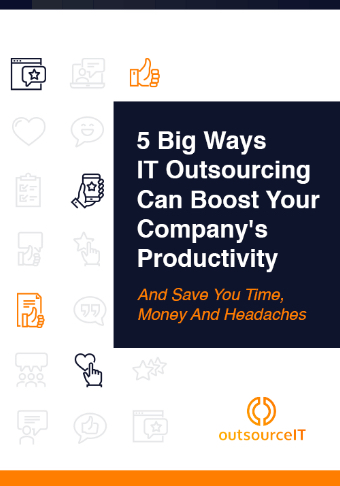
In a time when anyone can leave feedback online, it’s easy to see why businesses now view customer experience as a top priority. But it’s also important not to overlook the fact that good customer experiences all start with your employees. That’s why employee experience should be a top priority, especially now that so many people are working from home and feeling more disconnected from their workplaces than ever before.
Modern businesses often think of their employees as their internal customers. They have an employment brand and a reputation developed on job review platforms like Glassdoor. Yet a lot of companies still aren’t assessing employee experience and this makes it impossible to know which areas need improvement. There are many ways to give employees a better experience, such as by choosing the right technology.
However, it’s not enough to choose the right tech for employees. It’s crucial that you follow the tips below to ensure employees get the most out of the new technology.
1. Provide engaging training sessions
Every business depends on technology, but even in the most innovative and forward-thinking organizations, no employee likes to have unfamiliar new technology forced upon them. It’s therefore crucial to set up enjoyable and engaging training sessions for onboarding new hires and getting your existing employees up to speed with the latest innovations across your company. Your training sessions should ideally take a collaborative, hands-on approach, rather than being academic and dull. After all, no one wants to feel like they’re back in school.
2. Focus on benefits for employees
When rolling out new technology and company processes, it’s easy to focus on the benefits to the business rather than those to employees. Employees are primarily interested in how a new solution can help them do their jobs better, faster, and easier. They don’t want to hear all about the wider business goals. Instead, focus on how a new technology will make employees’ lives easier.
3. Encourage regular feedback
In many organizations, there is still a major disconnect between the IT team and everyone else. While IT bears the responsibility to deploy and manage new technology solutions, employees often end up having no say in the process.
This can lead to a raft of problems, such as low adoption rates and risky workarounds to otherwise trivial problems. Just as software developers often integrate user feedback systems into their products, so should your business have a way for employees to leave feedback and suggestions and track sentiment overall.
4. Allow for some flexibility
No one wants to feel forced to learn something new if they don’t need to. Employees usually operate at their best when they’re using their own devices with which they’re most comfortable and familiar. Companies should always try to support these users by offering as much flexibility as possible. With a robust bring your own device policy, it should be possible to do that without adding risk.
5. Optimize self-service capabilities
Thinking of your employees as your internal customers also brings us to the point of support. If employees don’t have easy and immediate access to IT support, their productivity can quickly grind to a halt. To stop this from happening, businesses need a support strategy that starts with guided self-service options and ends with human-powered oversight where necessary.
For instance, if an employee isn’t familiar with a particular feature or has a query, they should be able to find a solution in a simple self-service support portal. If it’s something more complex, there should always be someone they can contact for further help.
outsourceIT provides the technology tools and guidance your business needs to deliver world-class employee experiences and fuel long-term success. Call now to schedule a consultation.
5 Big Ways IT Outsourcing Can Boost Your Company's Productivity!
Before you can honestly consider outsourcing IT management, you need to be 100% confident that it will solve problems and unclog bottlenecks.


